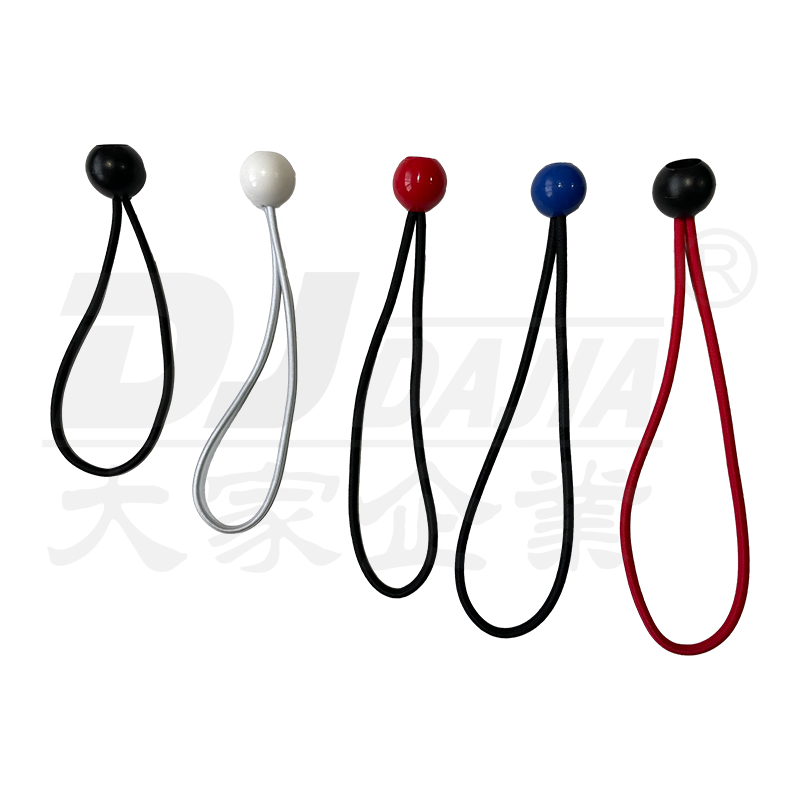When selecting round bungee cords for industrial or commercial use, understanding the differences between core materials is crucial. While they might look similar on the outside, the internal composition of a bungee cord has a significant impact on its performance, durability, and suitability for specific environments. The core, typically made from rubber, natural latex, or synthetic alternatives, determines the cord’s elasticity, load tolerance, and resistance to environmental stressors. For businesses looking to optimize performance while controlling costs, knowing which core material to choose can lead to smarter, longer-lasting solutions.
Natural rubber is one of the most commonly used materials in round bungee cords and offers a good balance of flexibility and strength. It provides consistent stretch and rebound performance and is often the preferred option for general-purpose applications such as bundling, holding tarps, or securing lightweight cargo. However, rubber does have limitations—especially when exposed to UV rays or ozone over extended periods. Its natural properties make it more affordable but also less resistant to aging compared to some alternatives. For indoor or temporary outdoor use, though, rubber-core cords remain a reliable and cost-effective choice.
Latex cores, on the other hand, deliver higher elasticity and longer stretch ratios. That makes them ideal for applications requiring frequent flexing or for securing objects that might shift dynamically, such as in sports or marine equipment. Latex-based round bungee cords offer smooth tension and excellent energy return, but they tend to be more sensitive to temperature changes and can degrade faster when not properly shielded. That’s why most latex cords are enclosed in tightly woven sheaths that protect against moisture and UV exposure. The higher elasticity of latex cords often comes with a higher price point, but it’s a worthwhile investment when performance matters most.

Then we have synthetic-core round bungee cords, which are gaining traction in industries that require high resistance to heat, chemicals, or weather extremes. These may be made from materials like polypropylene, nylon, or specially formulated elastomers. While they may not always offer the same stretchability as latex, they excel in long-term durability, especially in outdoor or industrial environments where exposure is constant. Many customers in transportation, aerospace, and heavy manufacturing now choose synthetic options to reduce replacement frequency and improve safety margins. For those looking for a cord that can perform under pressure—literally and figuratively—synthetic-core options often stand out.
Of course, the choice of core isn’t made in isolation. The surrounding fabric sheath also plays a role in protecting the material and influencing the bungee cord's feel and flexibility. But starting with the right internal structure gives manufacturers and buyers a head start in meeting application-specific demands. Whether you're designing a new product line or sourcing components for daily operational use, understanding core material differences ensures your round bungee cords won't just fit—they'll function reliably under real-world conditions.
At our facility, we’ve worked with clients across multiple industries to deliver custom-configured bungee cords with tailored core materials to match specific needs. Our product engineers can help evaluate your use case and recommend the ideal composition to optimize both performance and cost-efficiency. With material knowledge, quality control, and the ability to scale production, we aim to be more than just a supplier—we’re a partner in making your operations smoother, safer, and more efficient.

 EN
EN  Español
Español get a free quote
get a free quote

















